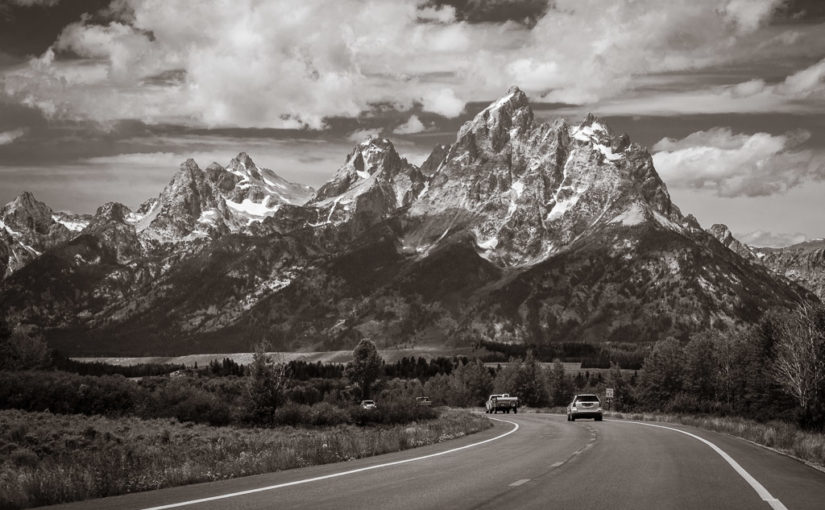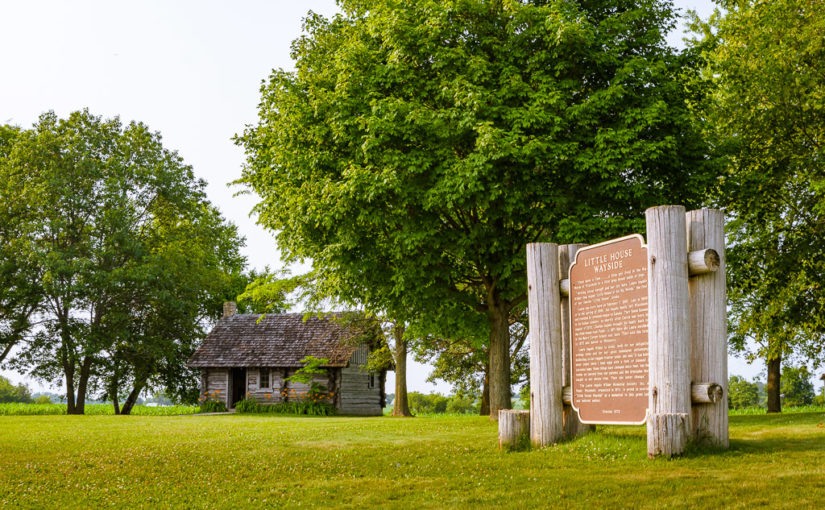Waking Up
After a few days at altitude slowly dehydrating me and making me feel like garbage each morning, waking up today was really easy. First light came, and my bladder reminded me of how much water I’d been drinking to rehydrate after yesterday’s visit to the hospital in Jackson. My bladder woke me up around 1:30am too. Oh the price we pay to stay healthy while roughing it…
More Wet
Once I’d returned from the restroom and was able to consider less urgent matters, I noticed our tent was covered with water droplets. I complained to Becky about how wet everything was still…and she informed me that it had rained again overnight. Grrr!!! That explains it! (I must have slept better than I thought!)
Since we had to pack up this morning, this was disappointing. It became downright frustrating when I realized that water was inside the tent again too, and that all of our damp towels left out to dry overnight were now quite soaked instead. I did not expect rain to be this much of a problem out West where summers (I thought) were mostly dry.
Most of all I was beyond irritated with our tent. Every time it rained, water got inside. I really expect any tent I own to do two major things: 1.) keep me warm, which this tent was not great at, and 2.) keep me dry…major fail. I came to find out later that you’re supposed to seal these things at least once a year. (You’d think they’d put that in the setup instructions!) And maybe it’s unrealistic on my part to expect a three-season tent to be all that warm.
Anyway, expectations aside, our Coleman Rosewood 4-person tent is a great starter tent. But this road trip did expose some weaknesses. It didn’t ventilate exceptionally well in the heat, but it also didn’t hold onto heat overnight. Also, the poles are made of fiberglass, and break easily even under extraordinary care—they’re also not easy or even possible to repair, and replacements cost almost as much as the tent. It also has a high profile which gets flattened by strong winds like we experienced in De Smet, South Dakota. Maybe we’ll look into an upgrade for next year…
So with a soaked tent and soaked towels, packing up was going to be a drag. I picked up the driest towel I could find and started wiping. I still saw water droplets. Our entire rainfly was also wet on the inside…condensation from our breath in the cold air. We could probably pack everything up now and dry it off in Craig, but I wasn’t fond of having a damp tent in the car all day long. Tonight’s rain potential had also inched up from 0% to 10%. Awesome. Ten percent seems to be all it takes this summer.
The best course of action seemed to be to leave the tent up to dry here for a few hours. This meant an extra hour of driving from Colter Bay to Jenny Lake and back from our hike, and tacking on an extra 30 minutes to our drive down to Craig. And checkout time is at 11am. Bummer.
Off to Jenny Lake
By around 7am we had everything but the tent packed up, and we were on our way to Jenny Lake for one last hike before leaving Grand Teton National Park. Yesterday the plan was to take the shuttle boat across and hike up into Cascade Canyon. Since we had a 6-7-hour drive ahead of us, we’d do an abbreviated version of that this morning. The shuttles run 10 minutes apart, so I guessed it must take just under 10 minutes to cross the lake. With a 30 minute drive back to Colter Bay and another 30 minutes to dry off and pack up our tent, I estimated that we needed to be on a boat back a little before 10 o’clock. This would give us about two hours to hike—not a ton of time, but hopefully enough!
Along the way, I saw a sign for North Jenny Lake and a scenic drive. I remembered seeing this one-way road along the lakeshore on the map. Being impulsive and curious, I decided to check it out. It was a pretty little drive with a few pullouts and OK views along the lake, but it wasn’t anything seriously impressive like I’d hoped. My mind was wandering anyway…I kept thinking about whether we shouldn’t see about a late checkout to give us a little more time on the trails.



Parking at the Jenny Lake Visitor Center was a breeze when we arrived at 7:50! Coming in yesterday just before 11am put us at the peak of the crowds. Of course, it was time for me to hit the restroom again. Becky also wanted to comb the gift shop one more time to find a “Jenny Lake” souvenir for her best friend, Jenny, back home. This would easily take us up to 8 o’clock, which is when the camp office at Colter Bay opens. Before we get on the shuttle and leave cellular range, I could call and ask for a late checkout.
Unfortunately, Becky came up empty again. They only had stickers and fridge magnets, and everything else had sold out. We did, however, get OKed for a noon checkout! Awesome! Now we’ll definitely have time for a good hike.
Taking the Shuttle Boat
Round-trip fare for the shuttle boat across Jenny Lake was $15 per person. This seemed pretty steep for a short trip, but when you figure in the remoteness and the short four-month tourist season here, it’s more understandable. It would definitely save us time, too, as it shaved a six-mile hike to Inspiration Point or Hidden Falls down to only two miles round-trip. What really sweetened the deal was that they also sold Jenny Lake water bottles at the docks—so we had more water, and Becky finally had the gift she wanted for her bestie!


The lake was very calm. Winds here seemed to be calm overnight and intensify with the sun throughout the day. Becky said she heard that Jenny Lake is hundreds of feet deep, which would keep the lake from getting too rough for very long. This made for a smooth ride across. The overnight storm had also left behind some beautiful low clouds between us and Mt. Moran.
I was a little torn between hiking to Inspiration Point or Hidden Falls. The driver taking us across shared that Hidden Falls was an easier trail but had no view, while Inspiration Point has an elevation change of 600 feet over the course of a mile and an extraordinary view at the end. We probably could have done both, but the trail in between was closed.
I asked the driver how long it took to get to Inspiration Point, and he way very vague. It was pretty difficult to judge someone’s physical condition and acclimation to the altitude. He said it takes him about 30 minutes, and that most people should expect it to take at least 45 minutes. This sounded like it would work for our timeframe, which at this point was a little over 2 hours.
Continue reading RealImaginaryWest Day 13 – Grand Teton National Park to Craig, Colorado










